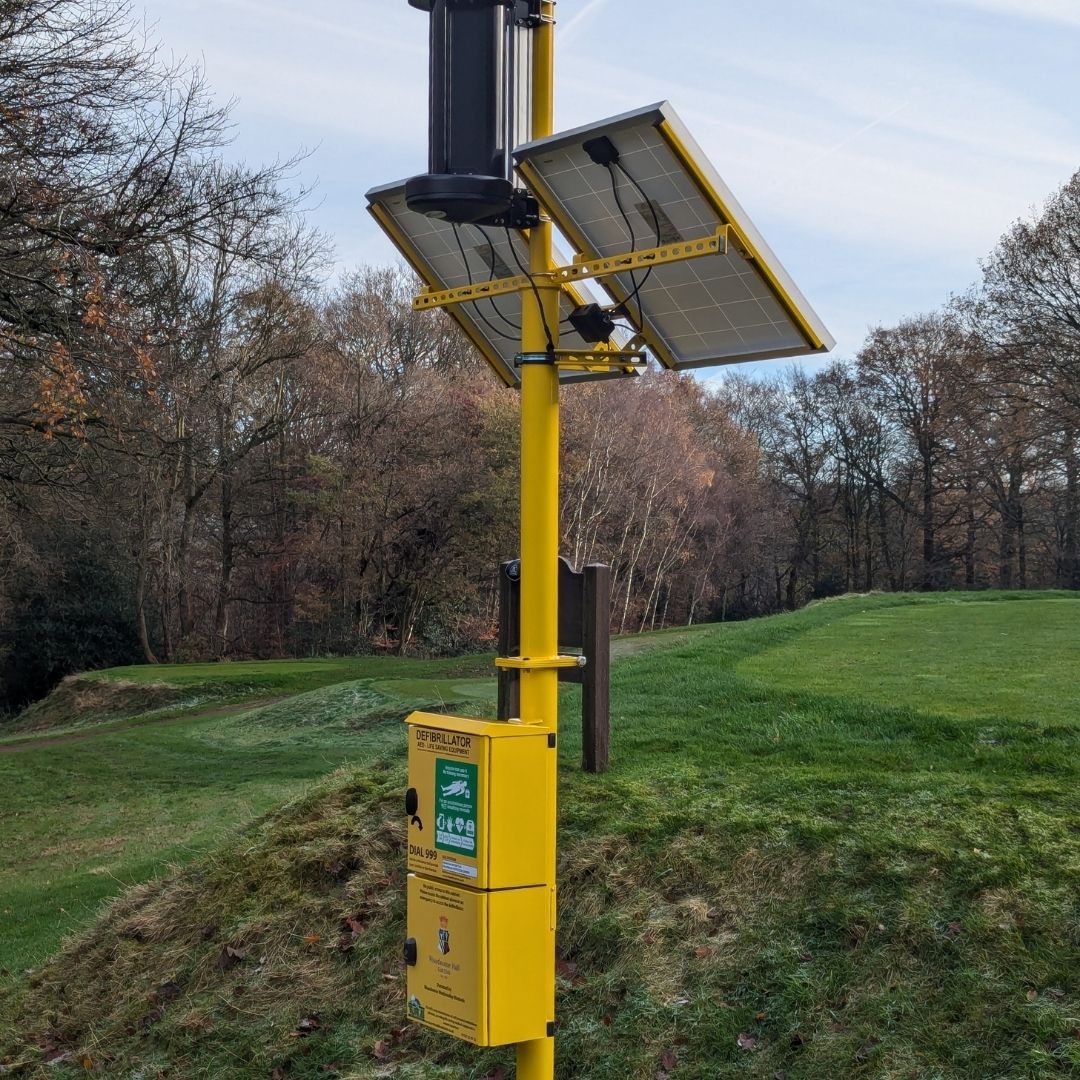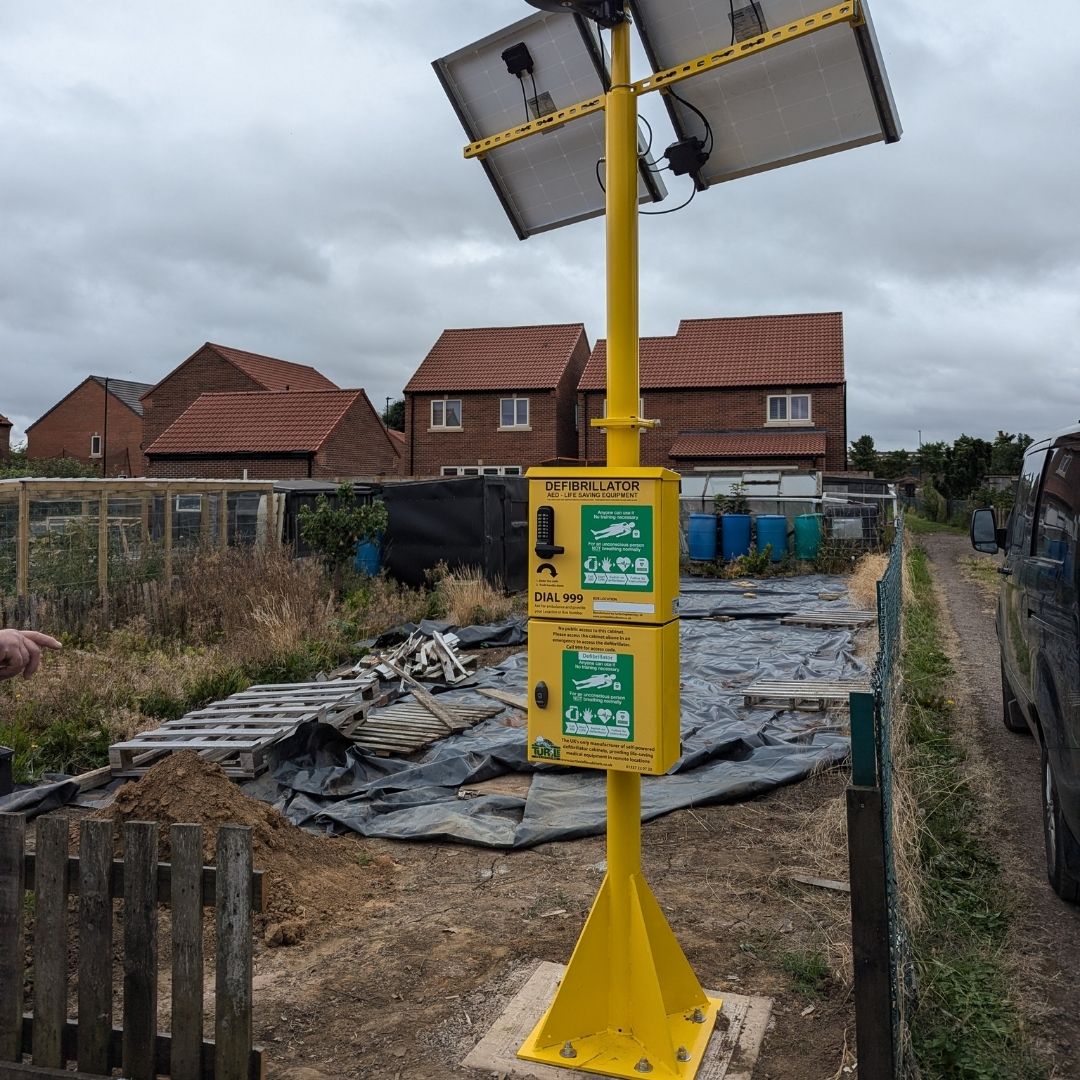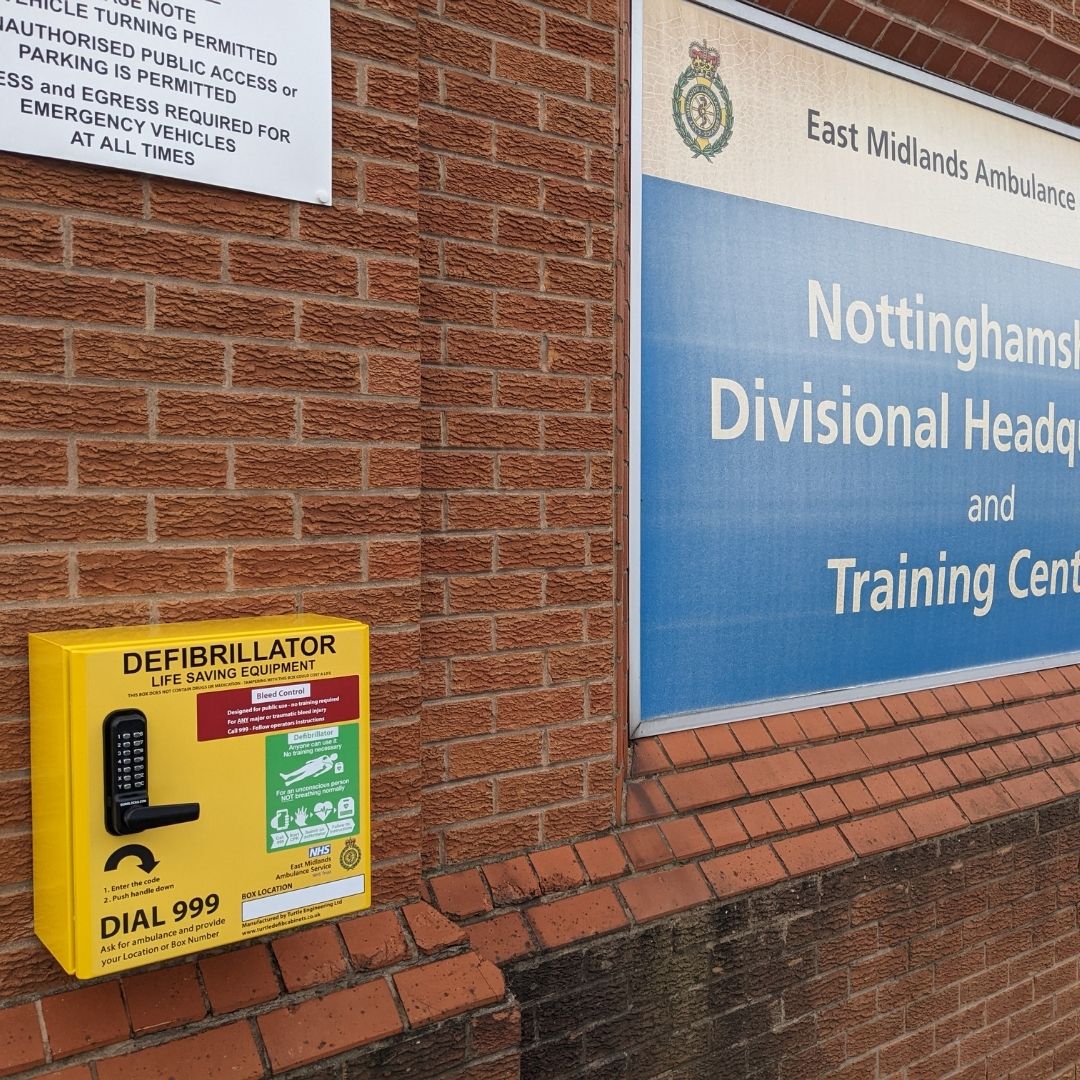
When you think of defibrillators, the locations you think of first might be: your local hospital, sports centre, pub or shop. But what about the top of a remote hill? Or inside a luxury private jet?
With the massive rise in publicly accessible AEDs, and the growing awareness of the risks of sudden cardiac arrest, defibrillators are popping up in some unexpected places. And for good reason—when every second counts, having a defibrillator nearby can literally mean the difference between life and death.
Why put defibrillators off the beaten track?
Cardiac arrests are completely unpredictable. They don’t wait for you to be near a hospital or a paramedic. And the harsh reality? If someone collapses in a remote or hard-to-reach place, emergency services might take too long to get there. That’s where defibrillators come in.
The survival rate following a sudden cardiac arrest drops fast (by about 10% per minute) if someone doesn’t get help. If you’re on a hiking trail, out on a golf course, or flying in a private jet, help could be 20 minutes away. Having a defibrillator on hand means that even before paramedics arrive, someone can step in and give the person a fighting chance.
Some of the most surprising defibrillator installations
At Turtle Medical, we’ve seen our fair share of unusual spots for defibrillators! Here’s a couple that stand out to us:

Hilltop café on Rivington Pike
Rivington Pike is a stunning spot for a walk, but it’s also in the middle of nowhere when it comes to emergency services. That’s why the Hilltop Café now has its own defibrillator, kept in a cabinet powered entirely by solar and wind energy — pretty cool, right?
This wasn’t just a random decision, either. The solar and wind powered cabinet was installed following the tragic loss of someone following a sudden cardiac arrest. Through community fundraising the device was purchased, ensuring that if something similar ever happened again, there would be a life-saving device within reach.
Allotment in Lancaster
A parish council came to us looking for the answer to an allotment with no public defibrillator nearby. With no easily accessible electrical supply nearby, and the prohibitive costs of connecting to the mains off site, Turtle’s solar and wind powered defibrillator cabinet has provided a cost-effective long-term solution, giving peace of mind and protection to the allotment users who are now the proud owners of their own defib.
Private jets
Did you know that commercial airlines are legally required to have defibrillators on board? Private jets, though, are a different story. But that’s starting to change, after all, if something happens at 40,000 feet, you can’t exactly pull over and wait for an ambulance. Having the right equipment on board could save a life.
More and more private jet owners are installing defibrillators, making sure their passengers are covered in case of an emergency. It’s not as simple as just grabbing one off the shelf, though, as these defibrillators need to match strict aviation safety standards and have batteries that can handle extreme conditions.
The challenges of installing defibrillators in remote locations
Placing defibrillators in city centres is easy. But what about on a nature reserve, at a bike park or local reservoir? There are a lot more things to consider.
One of the biggest challenges is power. That’s why our solar and wind powered defibs are becoming more popular, ensuring defibrillators stay charged and ready to go even in the most remote locations.
Another issue is the weather. Salt air, extreme cold, and heavy rain can all damage sensitive equipment. That’s why specially designed cabinets are used to keep the defibrillators safe, no matter the conditions.
Making defibrillators more accessible
Putting defibrillators in remote locations is not just a box-ticking exercise, it is critical that accessibility is first and foremost in people’s minds.
Take golf courses, for example. Many clubs have defibrillators, but they’re usually located in the clubhouse or ProShop. If someone has a cardiac arrest on the 12th hole (or whichever is the furthest hole from the main building) it takes time for the other players to call for help, and then for the clubhouse defib to be put in a buggy and driven to the scene. Time that the victim may not have. Golf clubs who place defibrillators on the course itself have clearly thought about accessibility.
It’s the same with hiking trails, parks, and rural villages. If you only have one defibrillator and it’s hundreds of meters away from where the emergency happens, this can cause significant delays. That’s why it’s so important to think about accessibility, not just having a defibrillator, but having it in the right place.
What can you do?
If you’re part of a community or run a business, it’s worth thinking about places where an emergency could happen before one actually does. Here are a few things to consider:
Look for high-risk areas
Are there large open spaces, remote locations, or places where people are physically active? Those are prime spots for a defibrillator.
Think beyond electricity
No power? No problem. Solar and wind-powered cabinets can keep a defibrillator running anywhere.
Talk to the experts
We specialise in finding creative solutions for unusual locations. Whether it’s a mountaintop, a boat, or a private jet, there’s always a way to make it work.
Do you have questions about defibrillators or would you like some tailored advice? Talk to our friendly team, we’d be more than happy to answer your questions and offer suggestions.



